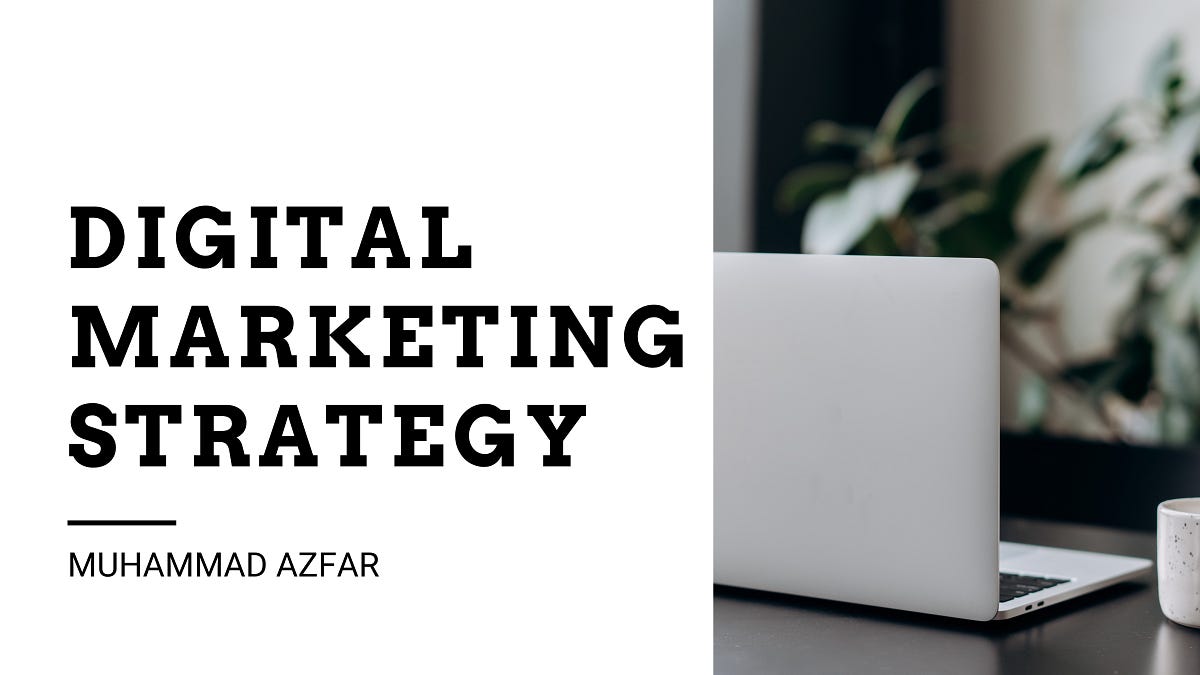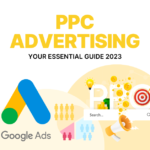Delving into The Importance of Content Marketing in the Digital Age, this discussion explores how effective content strategies can significantly enhance brand visibility and customer engagement. In an era where digital interactions dominate, businesses must recognize that content is not just king; it’s the entire kingdom. From driving traffic to fostering loyalty, mastering content marketing is essential for navigating the competitive landscape of the online world.

Content marketing serves as a bridge, connecting companies with their audiences through informative, entertaining, and valuable material. By understanding the nuances of digital platforms and consumer behavior, brands can craft tailored messages that resonate deeply with their target markets. Thus, investing in quality content is not merely an option but a necessity for sustaining growth and relevance in today’s economy.
In today’s fast-paced world, the way we consume content has evolved dramatically. From traditional newspapers to digital news feeds, the landscape of information dissemination has changed. This article delves into the significance of content consumption in contemporary society, highlighting key trends, the impact of technology, and the future of content delivery.First and foremost, let’s explore the traditional methods of content consumption.
Historically, people relied on newspapers, magazines, and television as their primary sources of information. Each medium had its strengths and weaknesses. Newspapers provided in-depth reporting, while television offered visual storytelling that could engage viewers in ways text often could not. However, the rise of the internet has significantly disrupted these traditional forms.With the advent of the internet, content consumption entered a new era.
Online platforms like blogs, social media, and streaming services have made information more accessible than ever before. This democratization of content has empowered individuals to share their voices, but it has also led to an overwhelming amount of information available at our fingertips. In this digital age, users are often inundated with choices, making it challenging to determine what is worth their attention.One significant trend in content consumption is the shift toward mobile devices.
According to recent studies, a substantial percentage of internet users access content primarily through smartphones and tablets. This trend has led to the rise of mobile-friendly content formats, such as short videos and bite-sized articles. Content creators now tailor their output to fit the on-the-go lifestyle of their audiences. As a result, attention spans are shorter, and the demand for engaging content that gets to the point quickly is at an all-time high.Social media platforms have also transformed how we discover and engage with content.
Users can now share articles, videos, and other media with just a click, allowing content to go viral within hours. This immediacy has changed the dynamics of content creation, as virality often trumps quality. Content creators are increasingly focusing on catchy headlines and visuals to grab attention, sometimes at the expense of depth and nuance.However, the rise of social media has also contributed to a troubling phenomenon: the spread of misinformation.
With anyone able to publish anything online, distinguishing reliable sources from dubious ones has become increasingly difficult. This situation underscores the importance of media literacy, as consumers must develop critical thinking skills to navigate the digital landscape effectively. Understanding how to verify sources and discern fact from fiction is vital in today’s information-rich environment.The impact of technology on content consumption cannot be overstated.
The algorithms that power platforms like Facebook, Instagram, and YouTube curate content based on user preferences, leading to personalized feeds. While this can enhance user experience, it can also create echo chambers where individuals are exposed primarily to viewpoints that align with their own. This phenomenon can hinder open-mindedness and limit exposure to diverse perspectives.Another key aspect of modern content consumption is the popularity of subscription-based models.
With the decline of traditional advertising revenue, many creators and platforms have turned to subscription services, offering premium content to paying subscribers. This model can provide a more sustainable income for creators, but it also raises questions about accessibility. As high-quality content becomes locked behind paywalls, consumers may face challenges in accessing information, potentially leading to a two-tiered system where only those who can afford subscriptions benefit from quality journalism and media.As we look to the future, several trends are likely to shape content consumption.
One notable shift is the increasing use of artificial intelligence (AI) in content creation and curation. AI can analyze vast amounts of data to determine what content resonates with audiences, allowing creators to tailor their output more effectively. Additionally, AI-generated content is on the rise, raising questions about originality and authorship.Moreover, the rise of podcasts and audiobooks signals a shift towards audio content consumption.
With busy lifestyles, many users prefer to consume content while multitasking, making audio formats convenient and appealing. This trend is likely to continue as more individuals discover the benefits of learning and entertainment through listening.In conclusion, content consumption has evolved significantly in recent years, driven by technological advancements and changing consumer behaviors. As we navigate this complex landscape, it’s essential to prioritize critical thinking and media literacy to discern quality content from the noise.
The future of content delivery promises exciting possibilities, but it also requires vigilance to ensure that we remain informed and open to diverse perspectives. By embracing these changes and adapting to new technologies, consumers can enhance their experience and make the most of the wealth of information available today.



